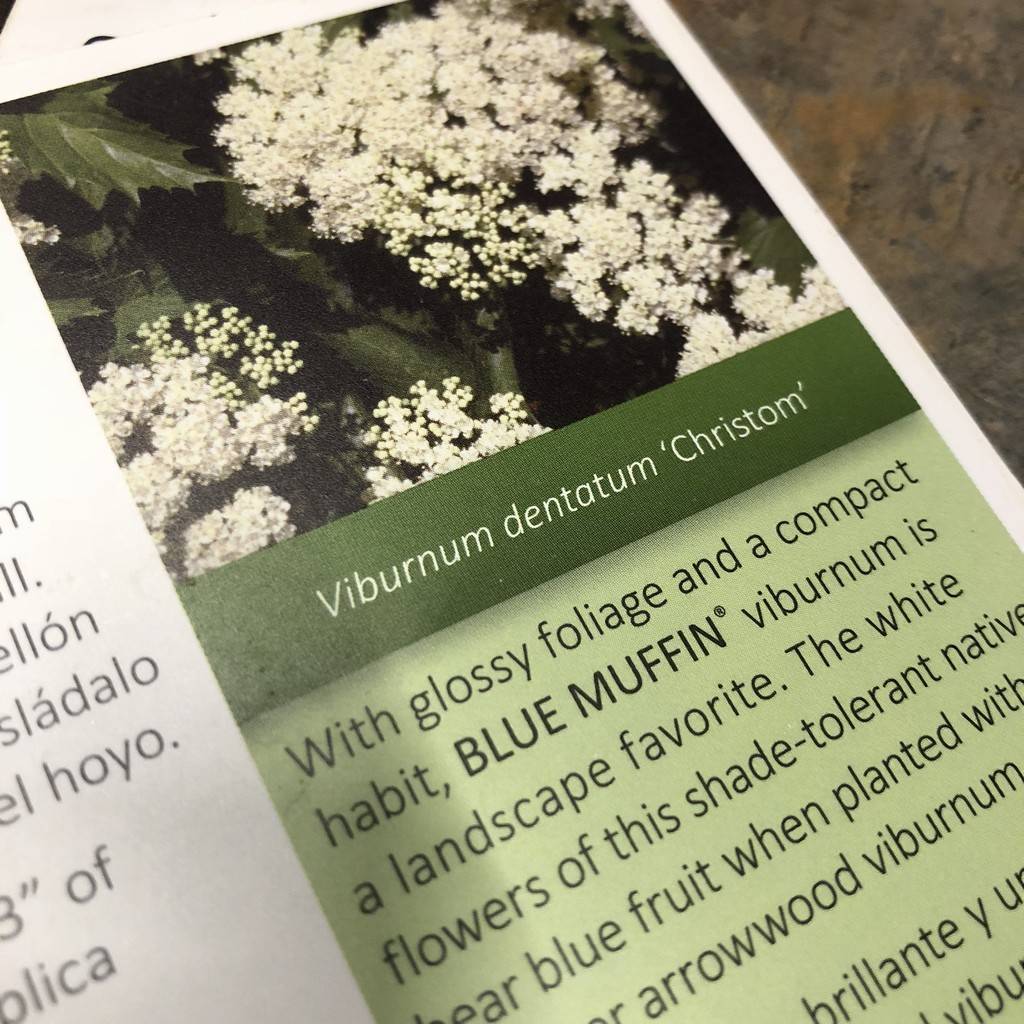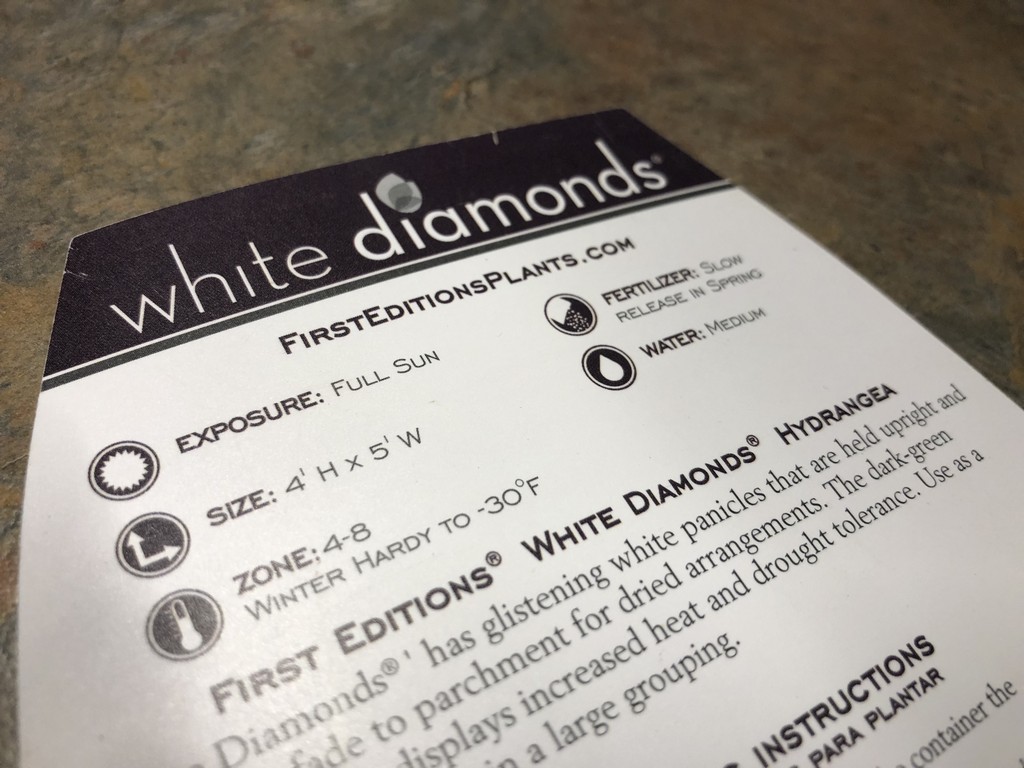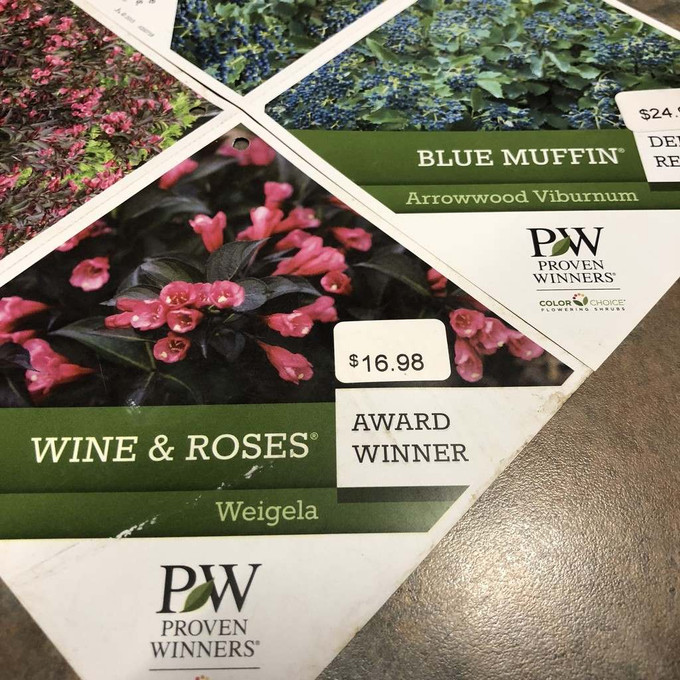
Today’s Babylonian® Confusion™ of Languages© ᴝᴽᴚᵔᵔWTH (…heck)
Posted by czechgardener on Mar 17 2019
Originally posted on January 3, 2018 on www.czechgardener.com
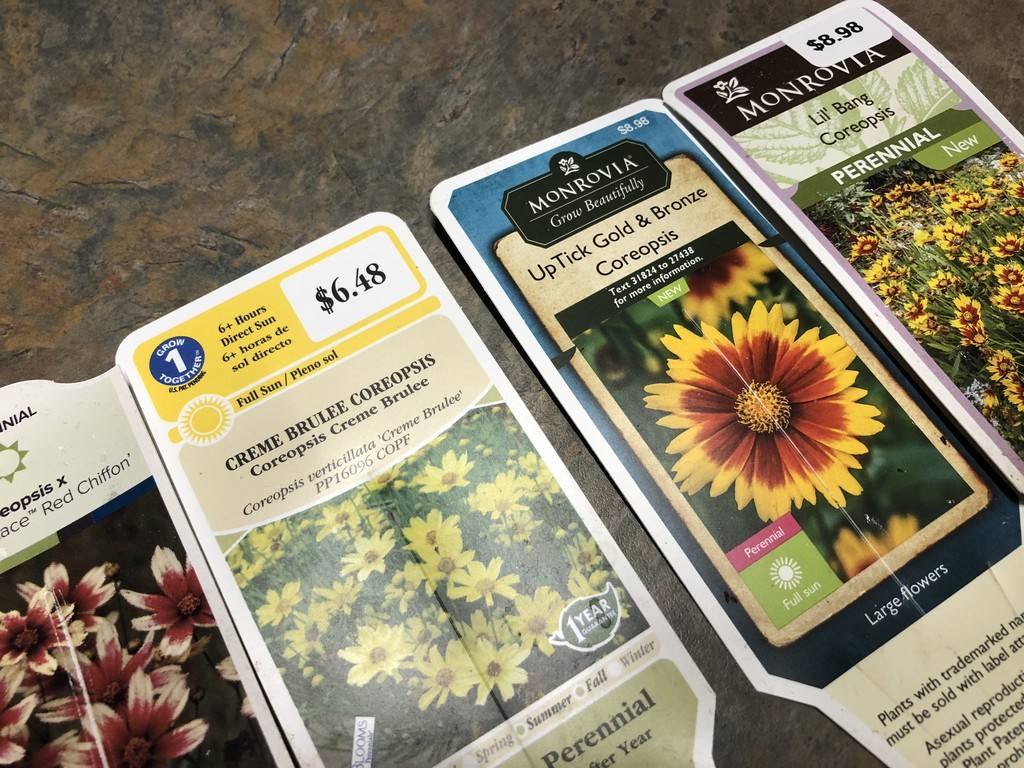
Hallo Hoosier, Midwest and all the gardeners,
cold arctic air attacked eastern part of USA and sits here since Christmas 2017. Temperatures dropping to minus 24° C (lower then minus 7° Fahrenheit) really keep me inside. Except the fact, this is great time to rest, hibernate and also plan works for the spring season, it is also time to contemplate and maybe speculate too. There is one particular thing that really irritates me since I’ve arrived to USA. And it is plant naming!
I’m keeping this in my mind for a longer time, and finally I can complain
In the past, in the times of no massive horticultural industry, naming cultivars of plants was a beautiful and satisfying job. Plant breeder, who had bread new variety of plant, or had found unique random seedling and decided to propagate it, had the unique chance to name their plant. They have always chosen beautiful women’s names, names of mythology figures, heroes or biblical names, names of real famous people (actors, singers etc.), places, colors, music themes or emotions….. The new name was usually chosen very wisely and was also somehow describing the new discovered beauty or character of the new variety.
Newer names had brought some humor and can sound somehow funny. Still all of this is nice or cute. Let’ s mention at least some of them – the name of cultivar is always marked with single ‘ (apostrophe) at the beginning and end of the name :
- Aster dumosus ‘Apollo’ – bears name of Greek God of music, poetry, art, oracles, archery, plague, medicine, sun, light and knowledge (it is actually old Czech variety from late 20’s’, named originally ‘Lednice II’ named after the place it was bread and later on renamed after Apollo temple in famous UNESCO Lednice-Valtice park area)
- Phlox paniculata ‘Aida’ – 1933, named after Giuseppe Verdi’s opera
- Phlox paniculata ‘Amethyst’ – name describes it unique amethyst shade
- Paeonia lactiflora ‘Sarah Bernhardt’ (1933) – named after famous French actor of the end of 19th century
- Helenium ‘Double Trouble’ – describing it’s doubled flowers
- or for example thousands of amazing names of Iris x germanica (x barbata – tall bearded irises) – ‘Baron’ , ‘Curly Sue’ , ‘ I Feel Blue’, ‘Preludium’, ‘Butter Please’, ‘Galactic Burst’, ‘Musica Romantica’, ‘Political Zoo’, ‘Secretary of Soul’,….,…..
- ….or Hosta : ‘Ambrosia’, ‘Alladin’s Lamp’, ‘Church Mouse’, ‘Cool as Cucumber’, ‘Gone with the wind’ , ‘Liberty’, ‘Mini Skirt’, ‘One Man’s Treasure’ , ‘Risky Business, ‘Titanium’ or ‘War Paint’,……
I learned that sometimes regional names become the name of the variety too – even it is the same plant – Oenothera pallida (sometimes sold as O. pallida ‘Innocence’ – name ‘Innocence’ is added due to it’s pure white color).
And some cultivar names are translated to English, like German variety Sedum telephium ‘Herbstfreude’ became ‘Autumn Joy’ in English speaking countries. Phlox paniculata ‘Düsterlohe’ is named ‘Nicky’ here. Russian varieties are sometimes renamed too – ‘Uspech’ renamed to ‘Laura’ etc. Still this is somehow acceptable or understandable (because these languages can be tough to pronounce).
My problem comes with trade names, trade named series and also patented – licensed plant names. In Europe this is not so obvious, but it hits your eyes immediately when you enter any garden center here (especially places that just sell and don’ t grow plants).
Still most of the trade names are describing the unique characteristics of the new cultivar, but sometimes trade name becomes more important and powerful then the variety name itself and overpower the real cultivar name – absurdly enough it can shrinks to weird abbreviation with attached patent number (or pending patent number).
Also trade name doesn’t include cultivar name at all, it is just different name. Thankfully plant labels usually contain both names, but still it may make the customers just confused…
Why can not be there just one great and describing name for the cultivar like in the past?
Both name® and name™ can be used in one descriptive name up to twice – that’s double confusion for me…. And the patent registration number doesn’t help my confusion either. Let’ s mention at least :
- Spirea japonica ‘Tracy’ – sold as Double Play® Big Bang™ Spiraea x ‘Tracy’ USPP 21,588
- Spirea x vanhouttei ‘Levgold’ PP19,308 is sold as Firegold® Spirea, and it belongs to First Editions® plants – if this is not written in logo, but only as the text, that can mean 3 different names, sorry…I’m confused and have to concentrate to unscramble the real name.
- Solidago Little Lemon (quite nice name describing the plant, notice no apostrophe for the cultivar name). It is originally registered and named as Solidago ‘Dansolitlem’ (my oppinion just “technical” cultivar name), of course you can add the patent pending number USPP#17297, or also abbreviation COPF (Canadian Ornamental Plant Foundation)….ugh…
- other “technical” variety name has Salvia nemorosa ‘Lyrical™ Blues’ – it is actually Salvia nemorosa ‘Balylicru’ PP22,919 (this is the real name)…..
- Hydrangea paniculata ‘HYPMAD I’ PP19,082, ughhhh, such a ugly name! It is usually sold as First Edition® White Diamonds® Hydrangea…..(so double®, rock on)
- Weigela florida ‘Alexandra’ PP#10772 CBR#2642 (I really don’ t know, what the hashtag and CBR means) is sold as Weigela ‘Wine and Roses’® .With additional Proven Winners® logo and Color Choice® logo, I’m overwhelmed….
- Hydrangea macrophylla ‘P11HM-11’ Bloomstruck doesn’t actually have name, it is only number. Eeek. Such a beautiful plant, it deserves nice name! For understanding this, let me quote from www.missouribotanicalgarden.org : “‘P11HM-11’, commonly sold under the trade name of BLOOMSTRUCK, was bred by Bailey Nurseries and Dr. Michael Dirr and introduced in 2014. It is a cross between ‘The Original’ and ‘Twist-n-Shout’, two members of the Endless Summer® series, hydrangeas that were bred for their cold hardiness and the ability to bloom on both old and new wood. BLOOMSTRUCK has 3.5 to 5 in. wide mophead-type flower heads that are vivid deep rose to violet blue depending on the soil pH. The shrub will rebloom all summer long. It has strong red-purple stems and dark green leaves with red petioles and red veins and turns reddish purple in fall. ‘BLOOMSTRUCK’ grows 3 to 4 ft. tall and 4 to 5 ft. wide. (PPAF – Plant Patent Applied For)”. As you can see, Bloomstruck is once used as a name, but not really name of the cultivar. But at the end of this quote, it is real name of the cultivar ‘BLOOMSTRUCK’ ….so it is not only me, who can be confused
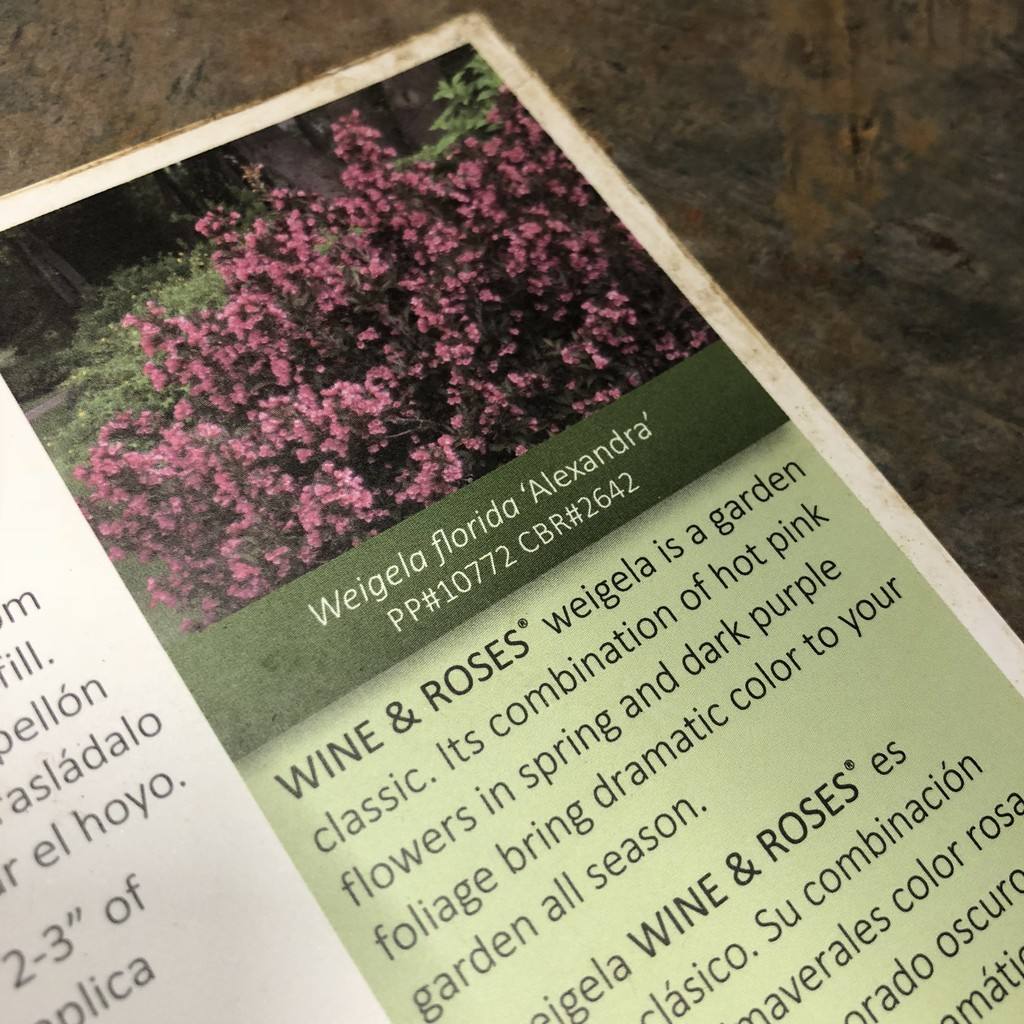
|
|
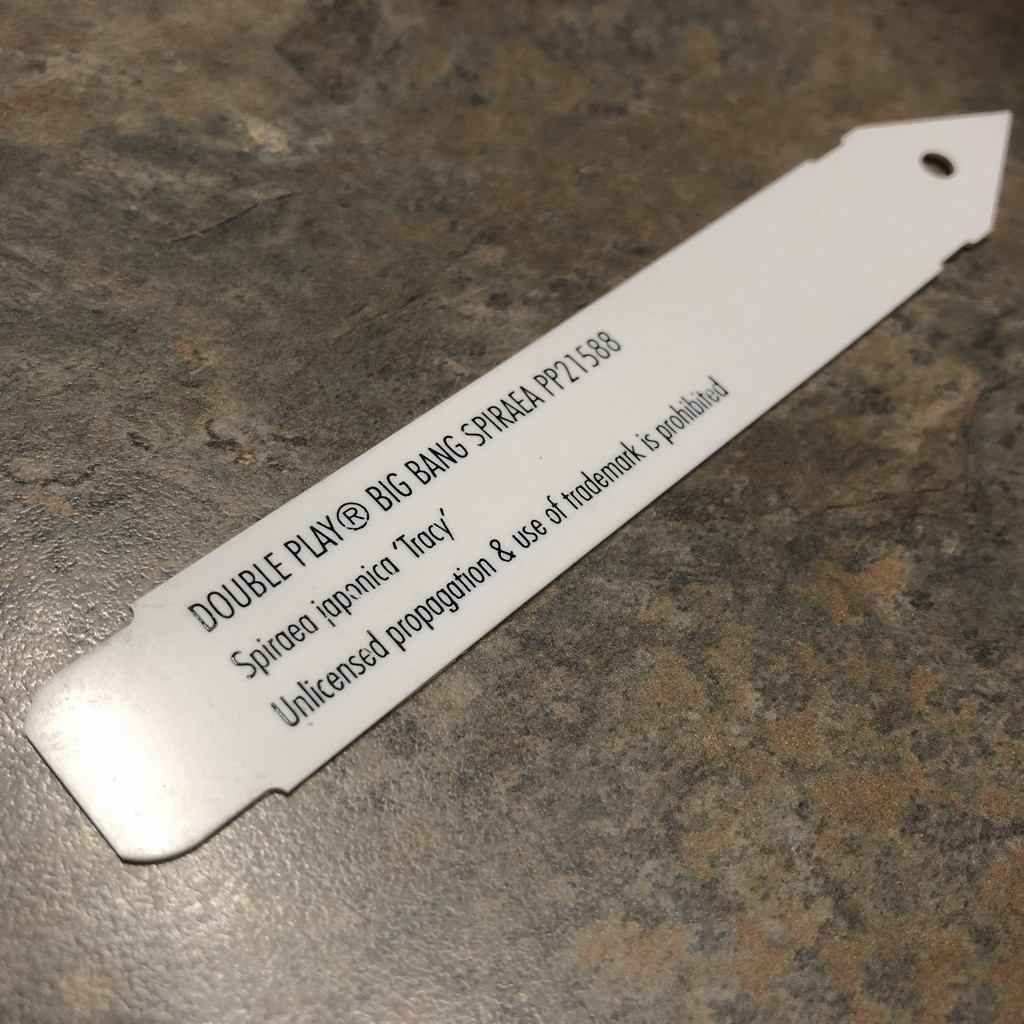
There are many examples of trade mark names, and don’t get me wrong, more are coming! Of course the more names with ®s and ™s mean potential misspelling or wrong naming……….
I’m trying to figure it out….Does all of this help to increase the sales? Do the customer read the labels at all? Do they understand? Who knows….
But I still vote for easy and clear naming! With simple additional ® or © attached to the cultivar name, and probably no™!
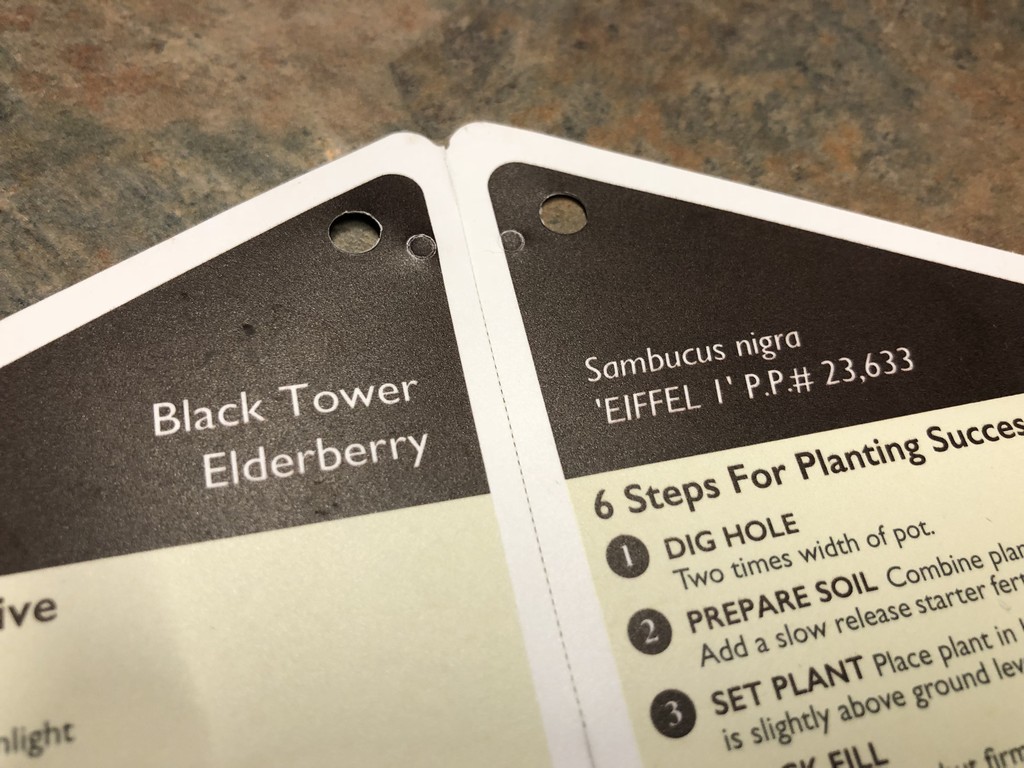
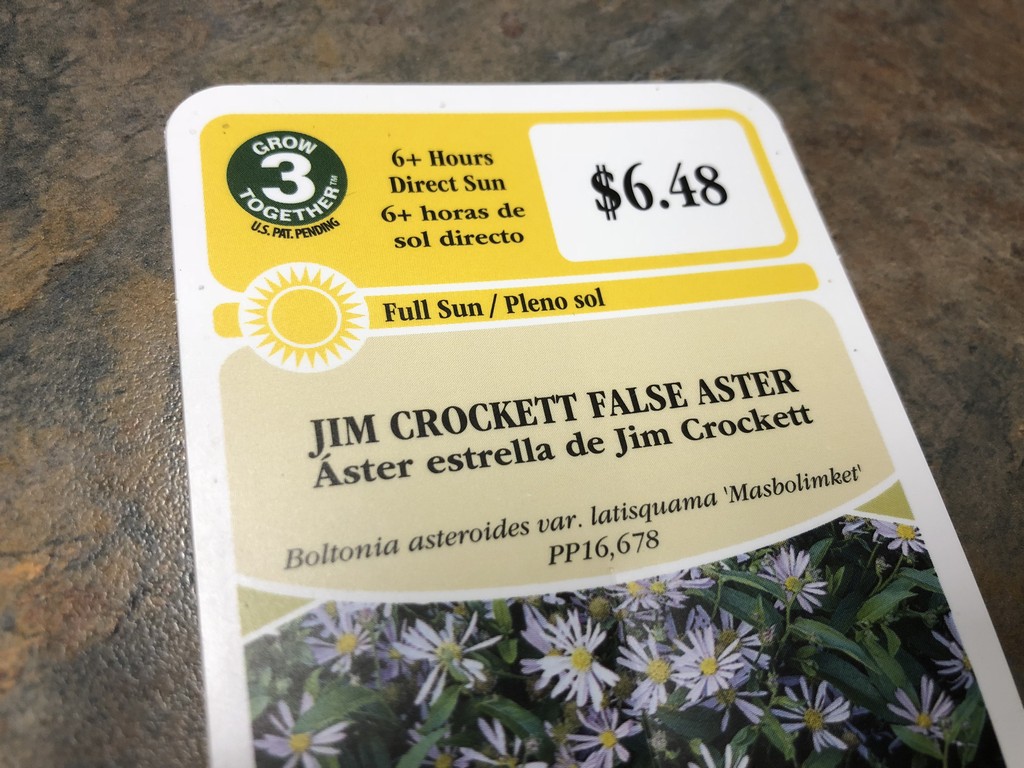
I know that old times are gone, but at least don’t make things more difficult! Amen
(The topic about patenting plants will be probably another chapter, but now let me rest some).


